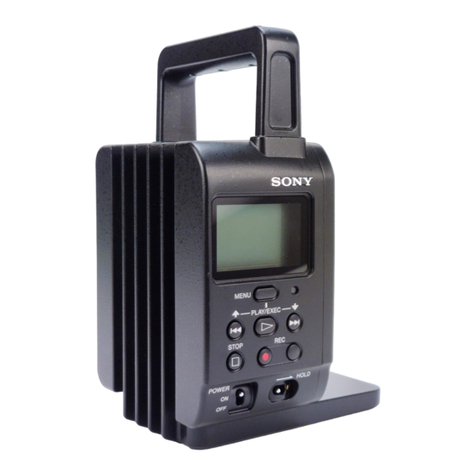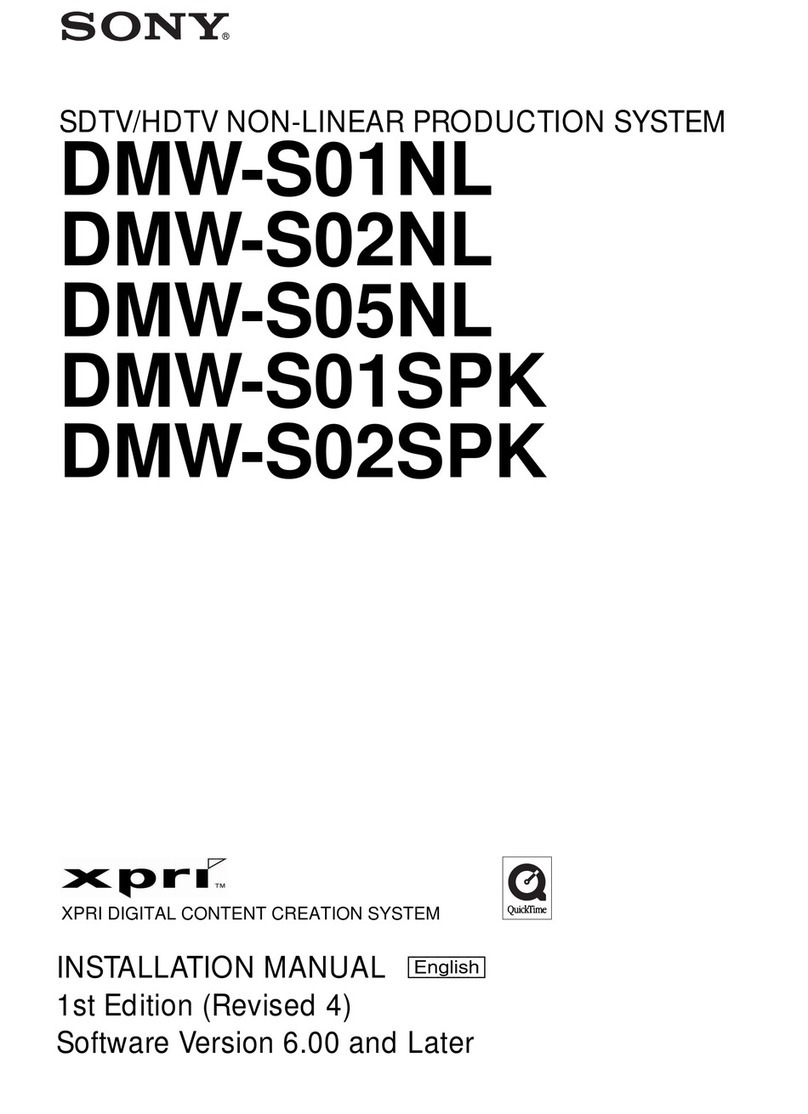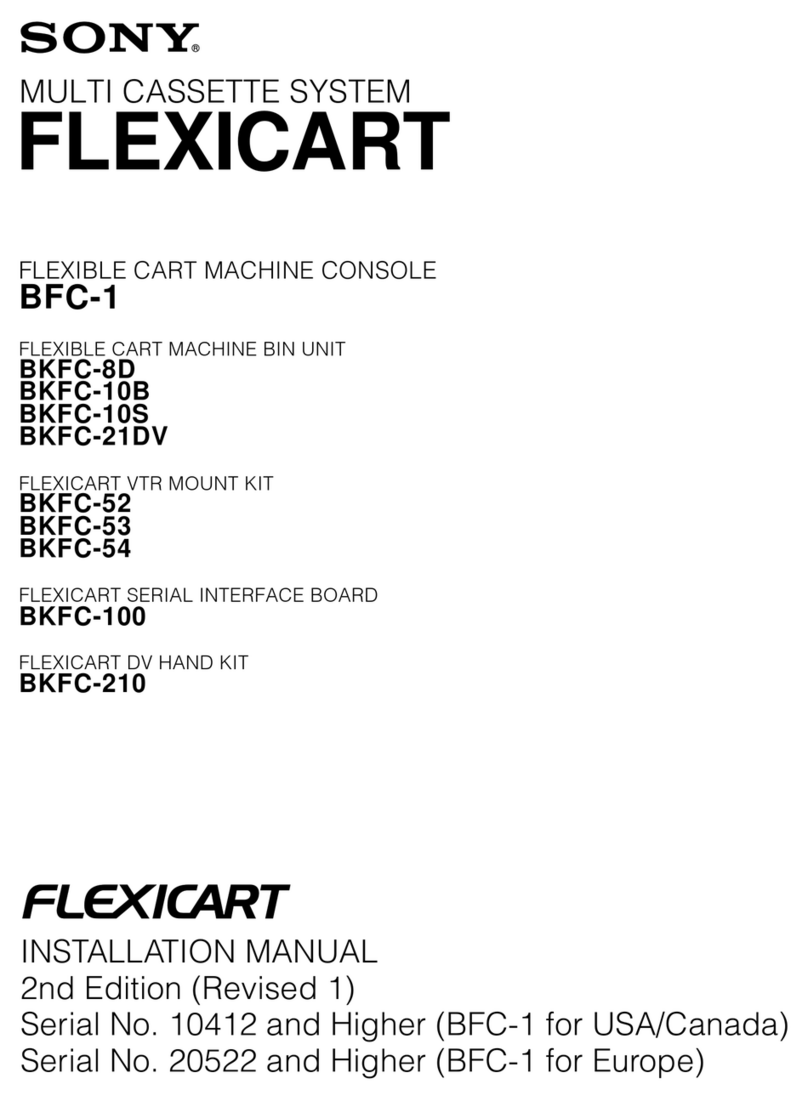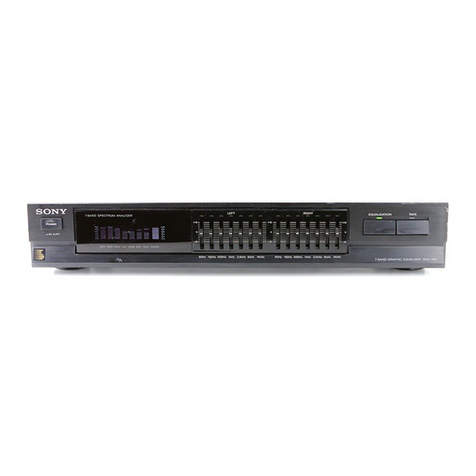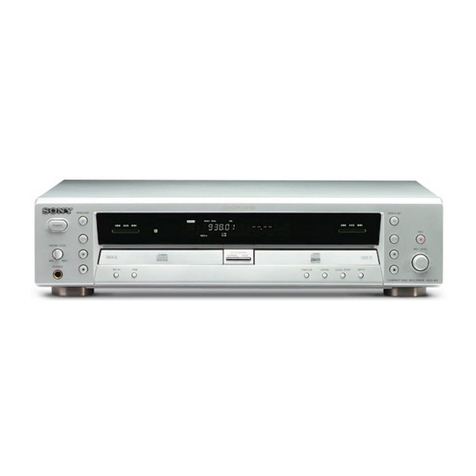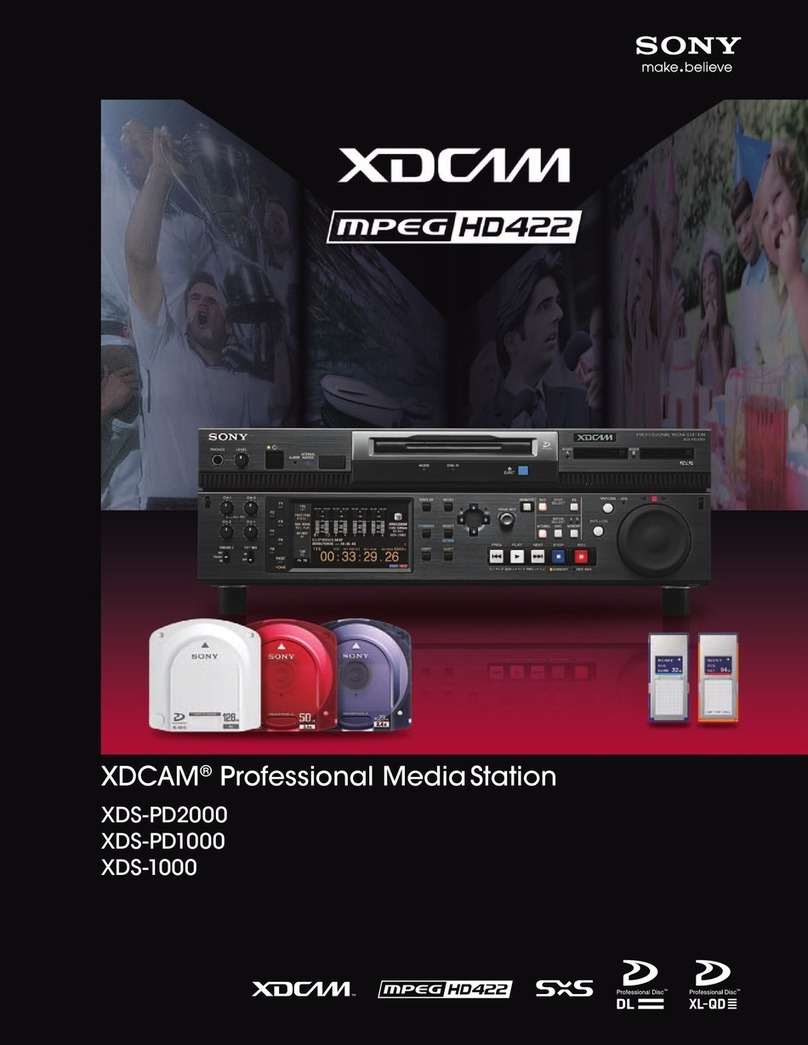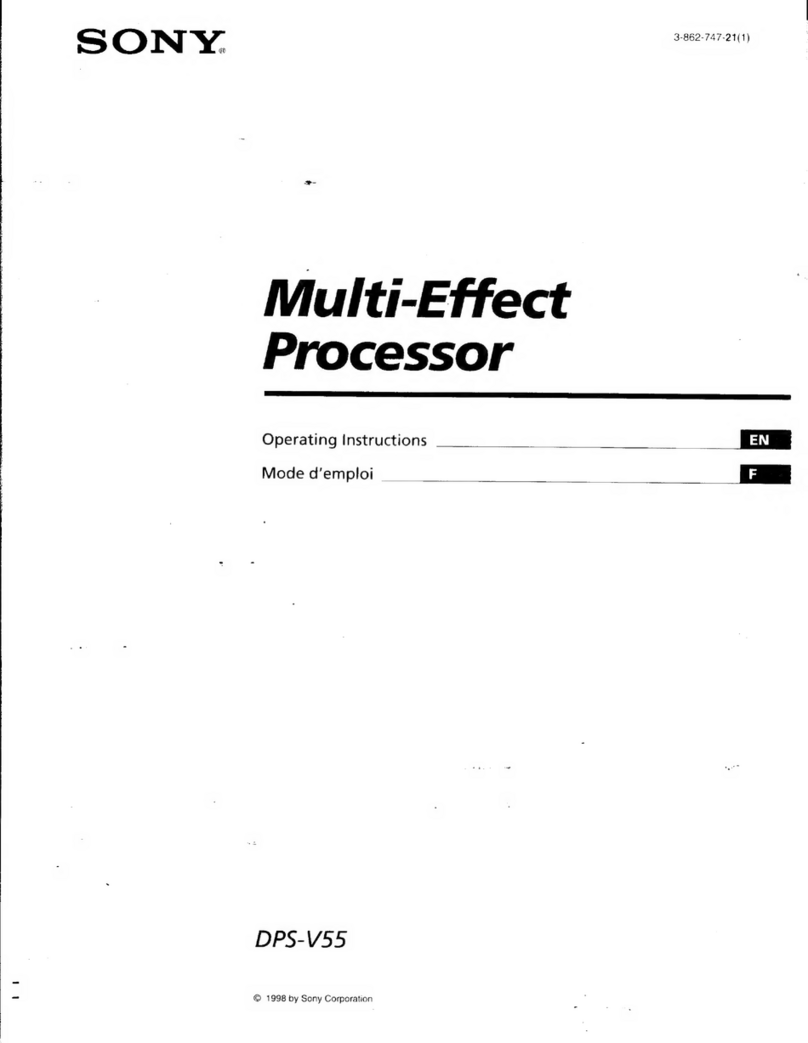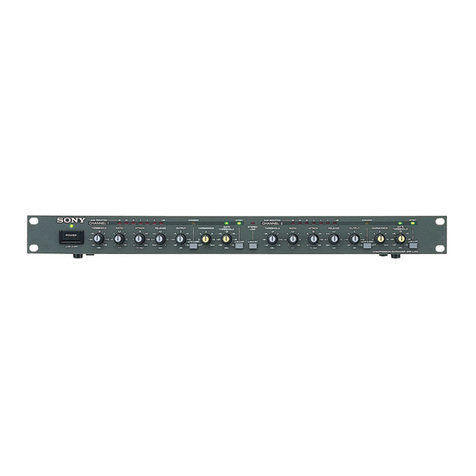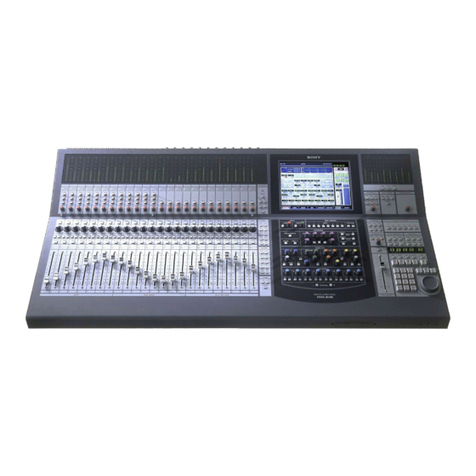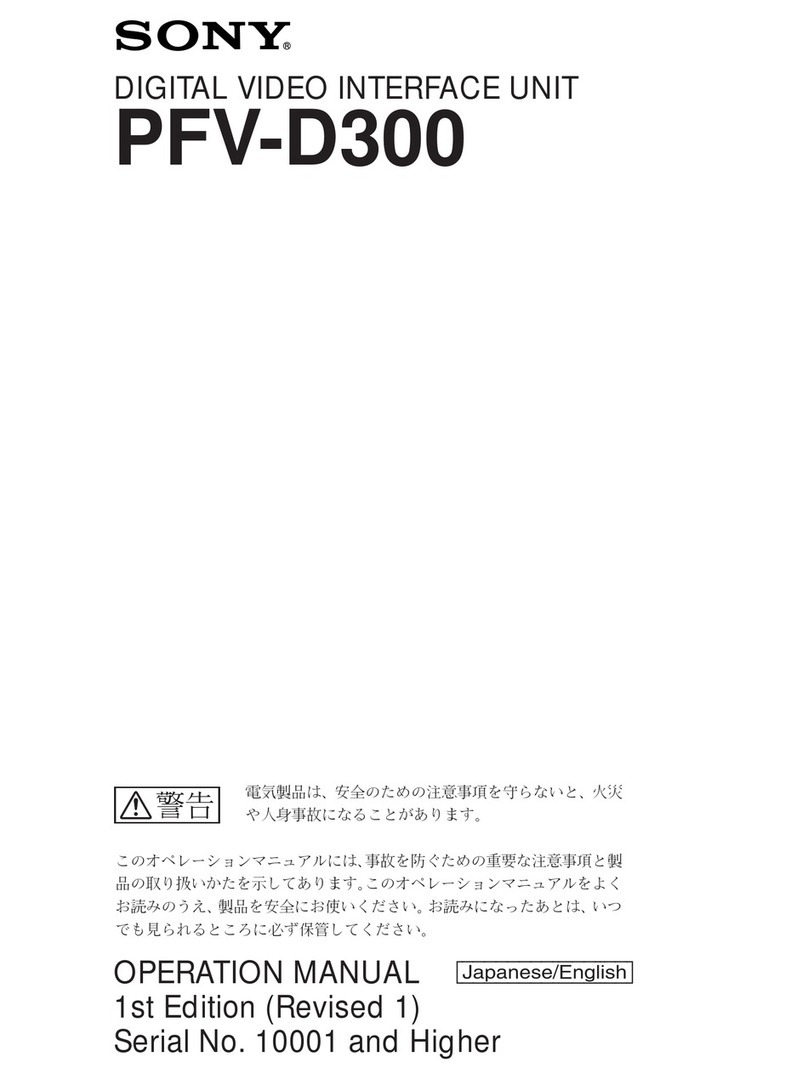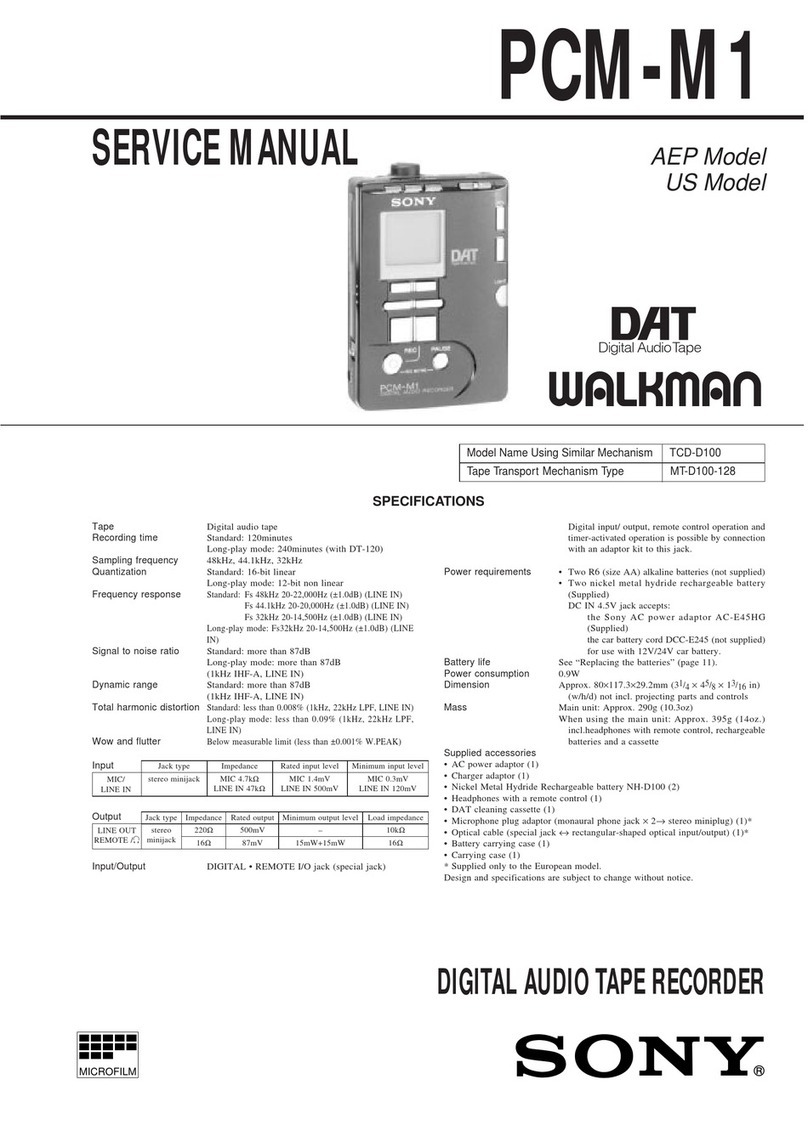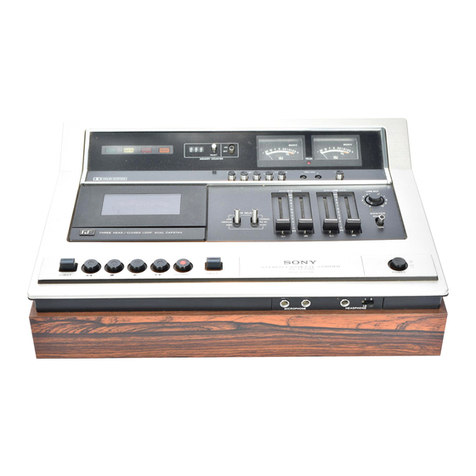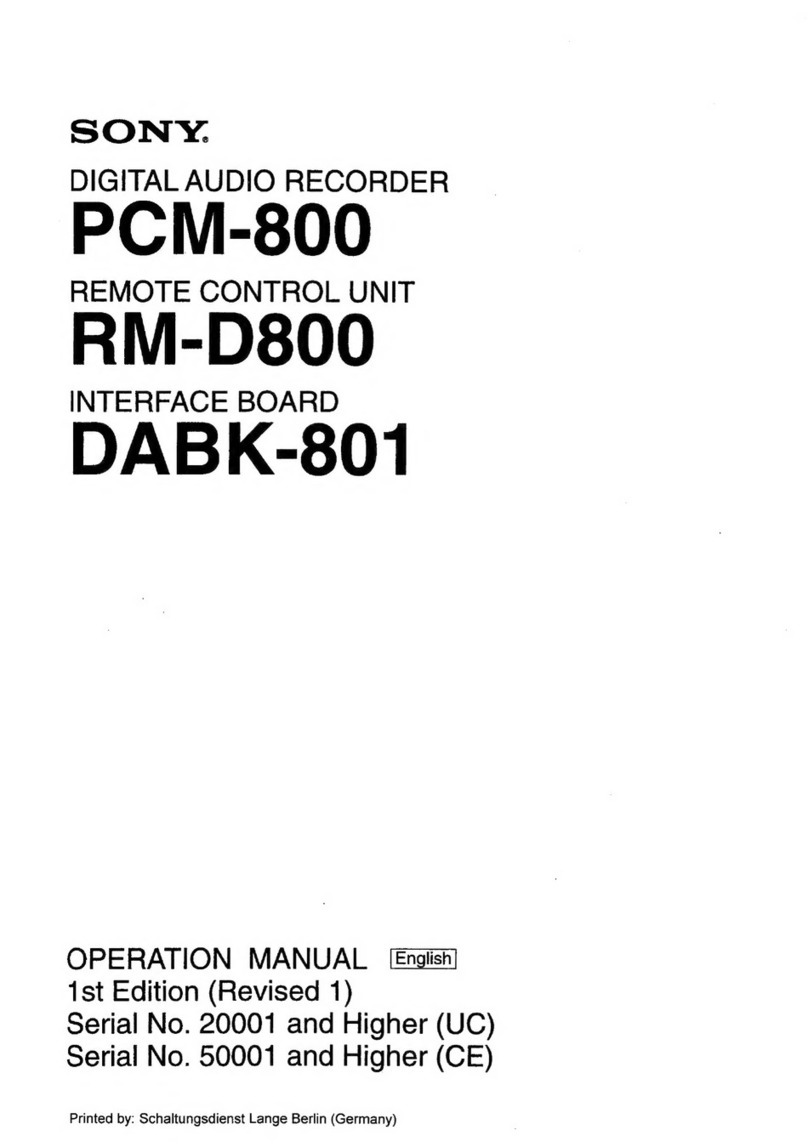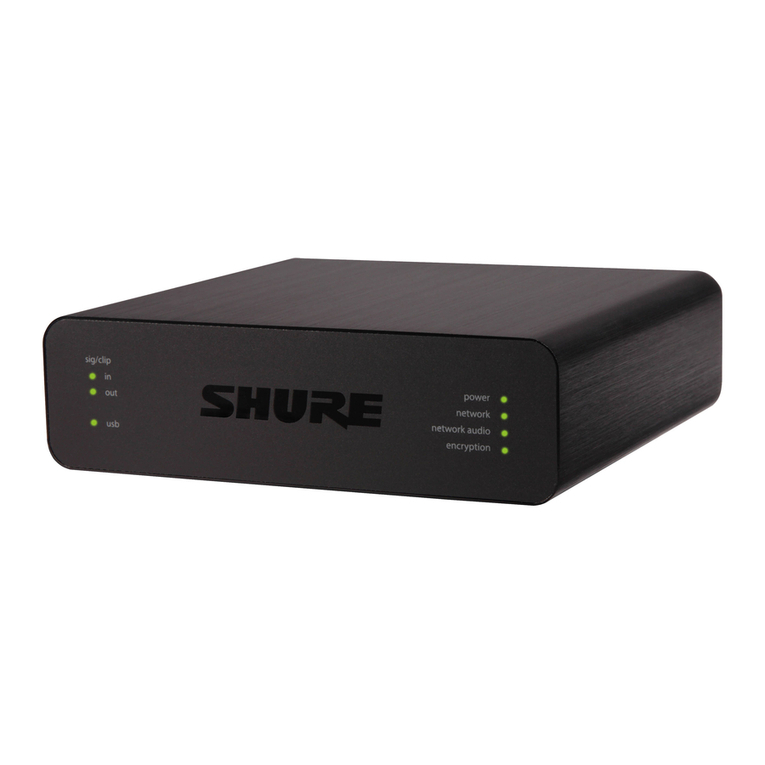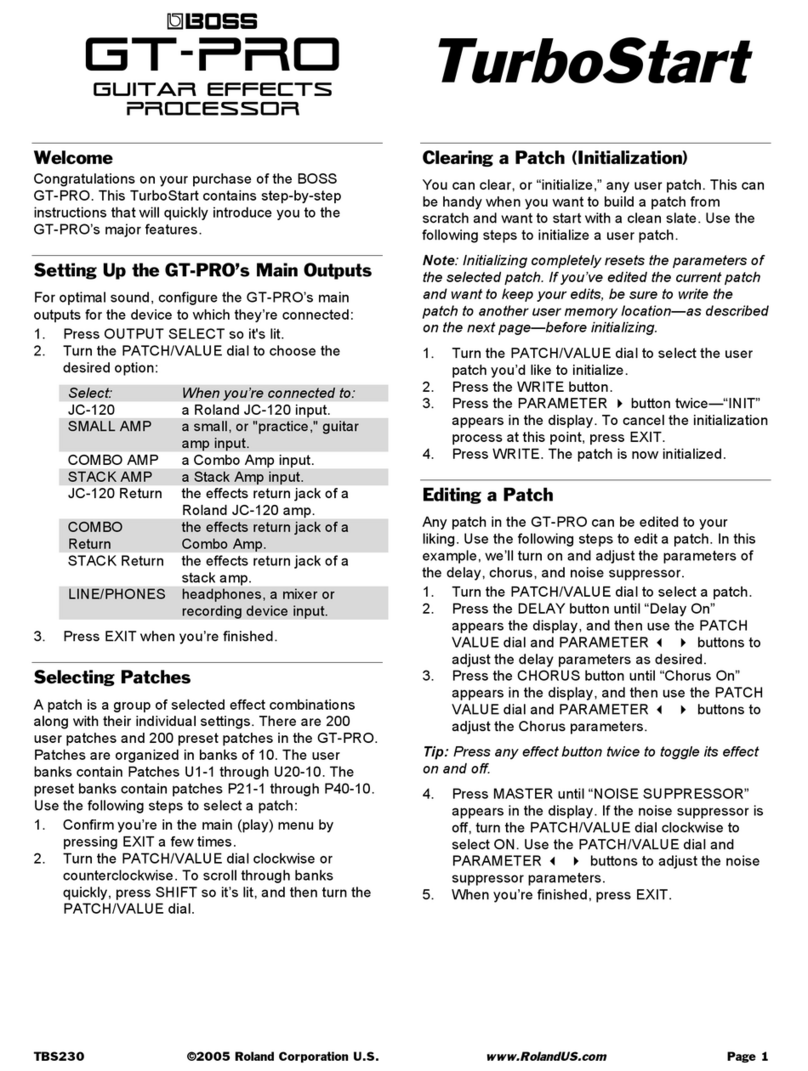3
RCD-W1
TABLE OF CONTENTS
1. SERVICING NOTE .......................................................... 4
2. GENERAL .......................................................................... 8
3. DISASSEMBLY
3-1. Top Case ............................................................................... 9
3-2. Tray Door, Front Panel Assy .............................................. 10
3-3. HP board, FL board, VOL board ........................................ 10
3-4. Back Panel ......................................................................... 11
3-5. Audio Board ....................................................................... 11
3-6. Power Board ...................................................................... 12
3-7. CDP Deck assy (Deck A), CD-R Deck Assy (Deck B) ..... 12
3-8. BD Board (Deck A) ........................................................... 13
3-9. CDP Mechanism Assy (Deck A) ........................................ 13
3-10.Spindle Motor Assy, Pick-Up Block (Deck A) .................. 14
3-11.BD-R Board ........................................................................ 14
3-12.CD-R Mechanism Assy (Deck B) ...................................... 15
3-13.Sled Mechanism Assy ........................................................ 15
4. ELECTRICAL ADJUSTMENT ................................... 16
5. DIAGRAMS
5-1. Circuit Boards Location .................................................... 23
5-2. Block diagrams – CD-R Section (1/2) – ........................... 25
Block diagrams – CD-R Section (2/2) – ........................... 26
Block diagrams – CDP Section – ...................................... 27
Block diagrams – Audio Section – ................................... 28
Block diagrams – Power Section – ................................... 29
5-3. Printed Wiring Board – CD-R Section (Side A) – ............ 30
Printed Wiring Board – CD-R Section (Side B) – ............ 31
5-4. Schematic Diagram – CD-R Section (1/6) –..................... 32
5-5. Schematic Diagram – CD-R Section (2/6) –..................... 33
5-6. Schematic Diagram – CD-R Section (3/6) – ..................... 34
5-7. Schematic Diagram – CD-R Section (4/6) –..................... 35
5-8. Schematic Diagram – CD-R Section (5/6) –..................... 36
5-9. Schematic Diagram – CD-R Section (6/6) – ..................... 37
5-10. Printed Wiring Board – CDP Section (Side A) – .............. 38
Printed Wiring Board – CDP Section (Side B) – ............... 39
5-11. Schematic Diagram – CDP Section (1/3)– ....................... 40
5-12. Schematic Diagram – CDP Section (2/3)– ....................... 41
5-13. Schematic Diagram – CDP Section (3/3)– ....................... 42
5-14. Schematic Diagram – Audio Section (1/2)– ..................... 43
5-15. Schematic Diagram – Audio Section (2/2)– ..................... 44
5-16. Printed Wiring Board – Audio Section –........................... 45
5-17. Printed Wiring Board – Panel Section – ........................... 46
5-18. Schematic Diagram – Panel Section – ............................. 47
5-19. Printed Wiring Board – Power Section – ......................... 48
5-20. Schematic Diagram – Power Section – ............................ 49
5-21. IC Pin Functions ............................................................... 50
5-22. IC Block Diagrams ........................................................... 55
6. EXPLODED VIEWS
6-1. Front Panel Section ............................................................. 61
6-2. Chassis Section ................................................................... 62
6-3. CD Play Section (Deck A) .................................................. 63
6-4. CD Record Section ............................................................. 64
7. ELECTRICAL PARTS LIST ................................. 65
Explanation
• A record-related button has been
pressed when a finalized disc is in
the DECK B.
• A record-related button has been
pressed when a standard CD is in
the DECK B.
A non-audio CD-ROM or a CD-
Video disc has been placed in the
machine.
• An unfinalized disc has been
placed in the DECK A.
• A DVD disc has been placed in
the unit.
There is not enough time left on the
disc to complete a planned
recording.
• The disc is not seated properly.
• There is a problem with the disc.
A dubbing has not been completed
properly.
More than 20 tracks have been
programmed.
A record-related button has been
pressed when a non-audio disc is in
the DECK B.
Message
CHECK DISC
DATA DISC
DISC ERROR
DISC FULL
ERROR
FAILED
FULL
NO AUDIO
Error Messages
The following table explains the error messages
that appear in the display.
